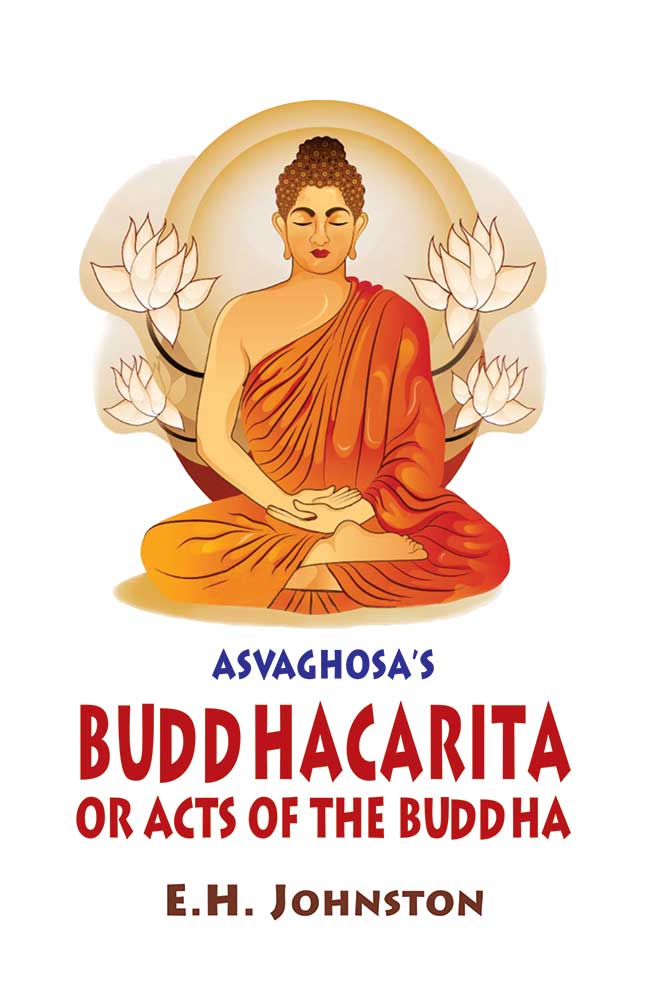Asvaghosa's Buddhacarita or Acts of the Buddha by Asvaghosa: Complete Sanskrit Text with English Translation
Asvaghosa's Buddhacarita or Acts of the Buddha by Asvaghosa: Complete Sanskrit Text with English Translation - Hardcover is backordered and will ship as soon as it is back in stock.
Couldn't load pickup availability
The Buddhacarita is the most famous work of Asvaghosa, the well-known Buddhist poet-philosopher supposed to have been a contemporary of King Kaniska of the early 2nd century a.c. Of the twenty-eight cantos of the epic poem a little less than half is now available in the original, but complete translations in Chinese and Tibetan have been preserved.
This edition consists of three parts. The first part contains the Sanskrit text and the second the translation of the first fourteen cantos, filling up the lacunae in the Sanskrit from the Tibetan, together with an Introduction dealing with various aspects of the poet's works, with notes which discuss the many difficulites of text and translation, and an Index. The third part contains translation of Cantos XV-XXVIII based on the available Tibetan and Chinese versions so as to arrive as near the meaning of Asvaghosa's original text.
The poem falls into four distinct quarters of seven cantos describing birth and youth of the hero, enlightenment after long questing, how the Buddha made his discovery by teaching available to all beings, a mission ending with a universal conquest in which the hero converts the rulers and people in many countries to the new doctrine and the events leading up to the Parinirvana of the Buddha.
Review(s)
This is a reprinting of the 1936 University of the Panjab (Lahore) edition of Asvaghosa's Buddhacarita or Acts f the Buddha, translated into English by E. H. Johnston. Part I is the complete Sanskrit text of Cantos I to XIV, using as its chief authority a Sanskrit manuscript dating from approximately 1300 A.D., supplemented by the Tibetan version and a fifth century A.D. Chinese translation. Part II is a translation into English of the Sanskrit text plus a lengthy introduction by the translator on Asvaghosa's life and works and his achievements as a Buddhist, as a scholar, and as a poet. In Johnston's words, the works of Asvaghosa, in all probability a former Brahman living in the first century A.D. in the eastern regions of India, "are invaluable to us, not for their originality of thought, but as giving us a complete and coherent picture of the faith of a typical Buddhist at a particular epoch." This is especially true with regard to his devotion to the Buddha, his handling of legend, and his exposition of doctrine. While not the only translation of this text into English, it is certainly the most useful. The reprinted edition is therefore of major importance. This volume belongs in all libraries which deal seriously with the Buddhist tradition and its textual materials. - Bardwell L. Smith, Carleton College, South Asia in Review, August 1979.
About the Author(s)
-
Pages
-
Edition
-
Size
-
Condition
-
Language
-
Weight (kg)
-
Publication Year
-
Country of Origin
-
Territorial Rights
-
Reading Age
-
HSN Code
-
Publisher




